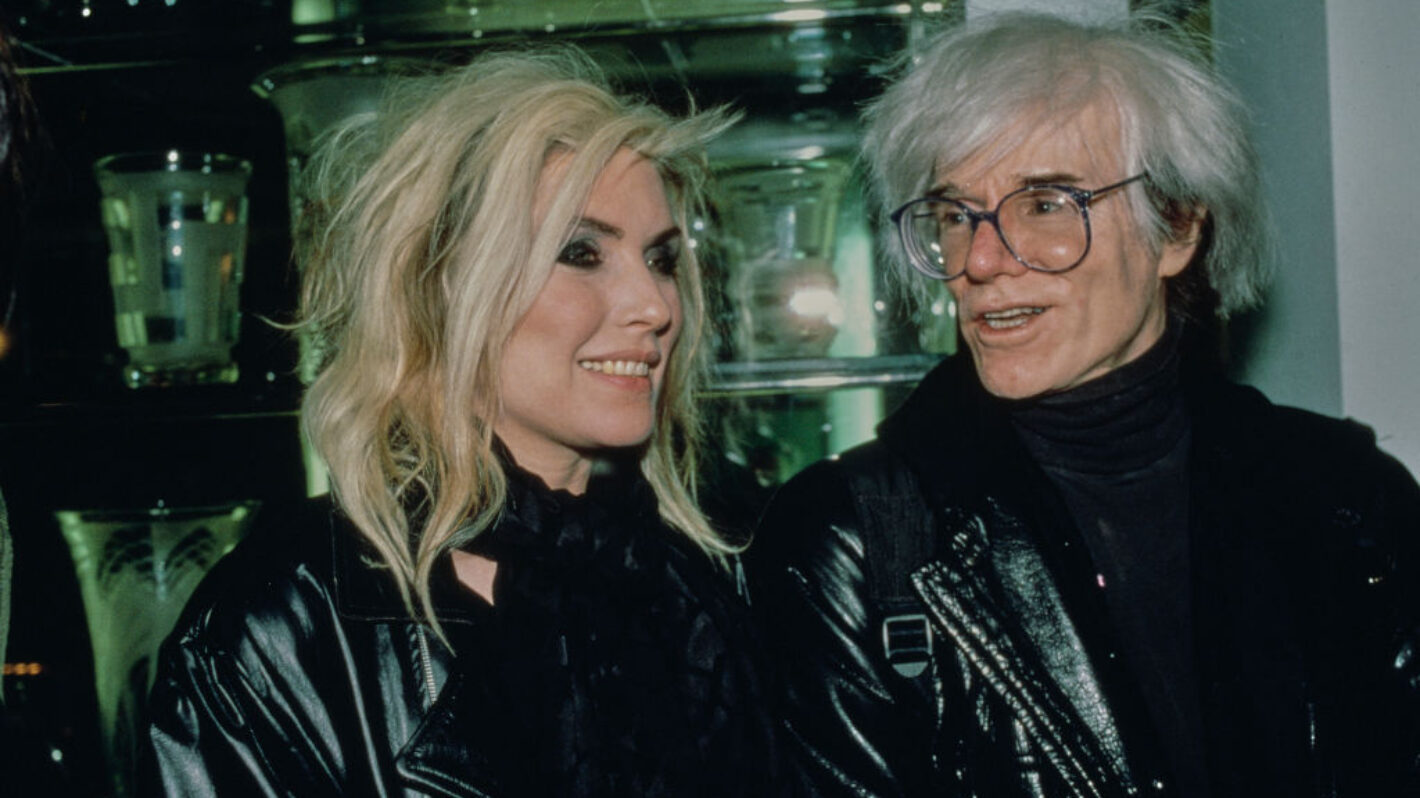5 Things You Didn’t Know About Nico, the German Actress, Model & Velvet Underground Singer

Christa Päffgen — known to the world as model, actress and singer Nico — was born in Cologne, Germany, on October 16, 1938.
She led a fascinating but troubled life, and her multifaceted career was highlighted by appearances in Andy Warhol films like Chelsea Girls and her performance on the the Velvet Underground’s 1967 album The Velvet Underground & Nico, in which she sang lead on tracks “Femme Fatale,” “All Tomorrow’s Parties” and “I’ll Be Your Mirror.”
She embarked on a solo music career with modest success, but she mostly vanished from the limelight in the late 1970s and early ’80s while struggling with heroin addiction.
But her music and image left an indelible mark on the culture, particularly among those on the bohemian, avant-garde fringes.
Here are five things you might not have known about Nico:
1The Origin Of “Nico”
While Päffgen was a model at age 16, a photographer gave her the nickname “Nico,” after Greek filmmaker Nikos Papatakis. The name stuck. Years later, when Nico moved to New York, she had a romantic relationship and lived with Papatakis.
2Nico, As Portrayed By…
Nico, as a character, appeared in several movie biopics over the past decades. She was played by Danish actress and singer Trine Dyrholm in the 2017 film Nico, 1988 which focused on the last years of Nico’s life, depicting her struggles with addiction and her career as a solo artist. Nico was portrayed by Christina Fulton (who had a son with Nicolas Cage) in Oliver Stone’s 1991 film The Doors, in which she encounters (among other things) the legendary Jim Morrison. And in the 2006 Edie Sedgwick biopic Factory Girl, Nico was played by Meredith Ostrom.
3She Didn’t Like Her Chelsea Girl Album
It’s a cult classic and probably her most recognized solo album, but Nico disliked the final Chelsea Girl (1967) product. Nico wanted a darker, more minimalistic sound, and the lush string arrangements, woodwinds and other orchestral accompaniments were added without her consent. “I still cannot listen to it, because everything I wanted for that record, they took it away,” Nico said in 1981. “I asked for drums, they said no. I asked for more guitars, they said no. And I asked for simplicity, and they covered it in flutes!”
4The Harmonium, Nico’s Instrument Of Choice
After the release of Chelsea Girl, Nico eschewed traditional rock instruments for the harmonium — a small reed organ prevalent in Indian and South Asian music — that she played on many of her subsequent albums. Its droning, somber tones brought a darker, gothic atmosphere to albums like The Marble Index (1968) and Desertshore (1970).
Nico’s sound went on to influence artists like Siouxsie and the Banshees, Joy Division, the Cure, Björk, Morrissey, Elliott Smith, Bauhaus, PJ Harvey, Sharon Van Etten and many more.
5A Fatal Bike Ride
On July 17, 1988, Nico was on holiday on the island of Ibiza with her son, photographer Ari Boulogne. She had stopped using heroin, and began pursuing a healthier lifestyle that included bicycling for exercise. She went for a bicycle ride during the intense midday heat. She was discovered unconscious, and it was believed at first by emergency medical staff that she was suffering from heatstroke. It was later discovered that she collapsed due to a heart attack while riding her bicycle, and X-rays revealed that she had a severe brain hemorrhage from striking her head in the crash. She died at age 49. (Sadly, Boulogne died of a heroin overdose in 2023.)

1968 Retrospective
January 2018
This special expanded issue celebrates all things pop culture in 1968.
Buy This Issue
